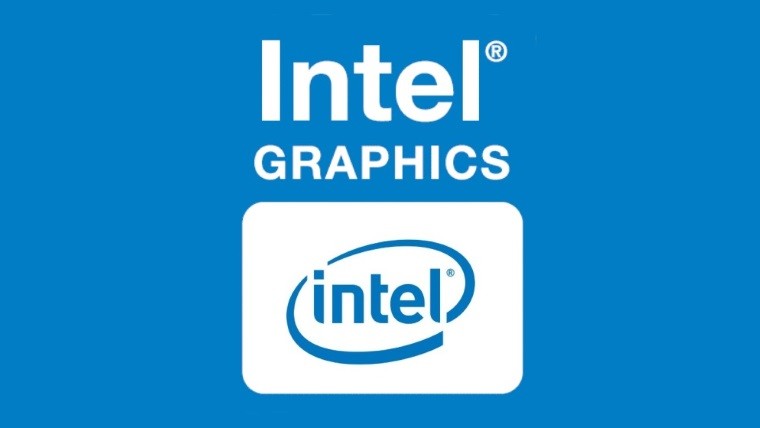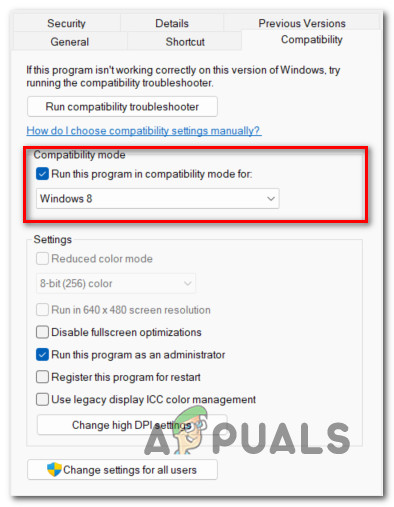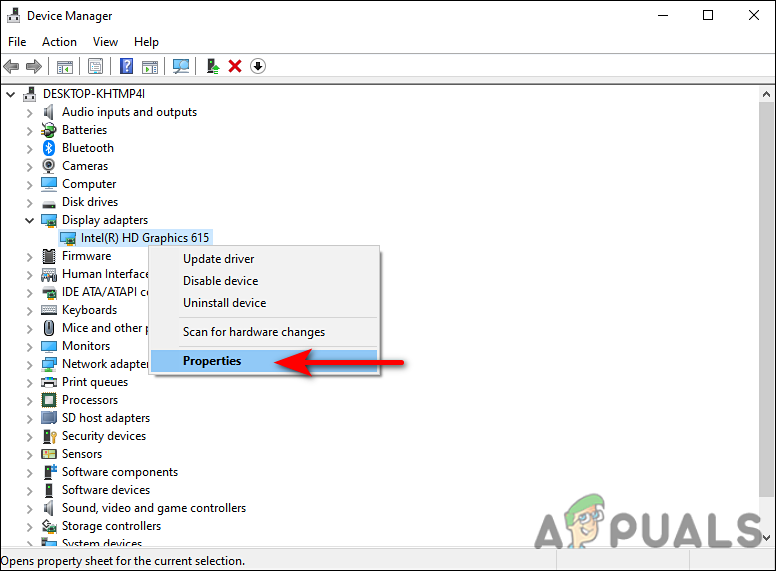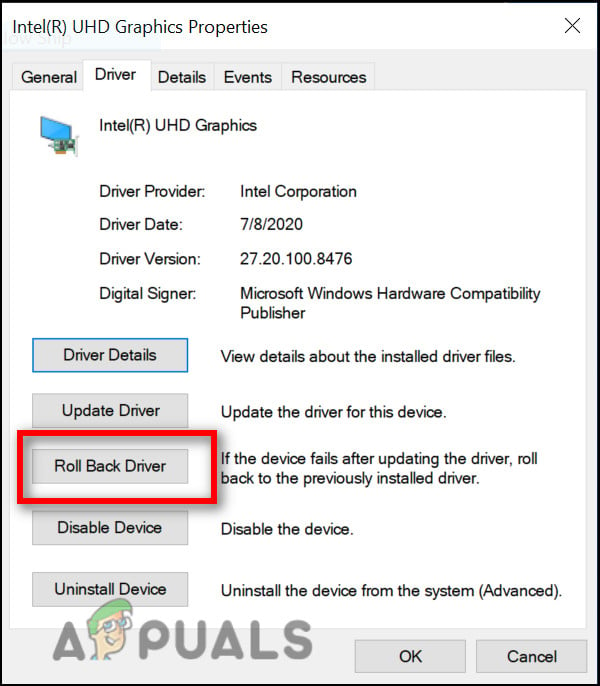Intel Graphics Settings Keep Crashing? Here’s the Fix!
It is not uncommon for Windows users to encounter issues with their drivers now and then. A common error that has occurred on many computers has been the crash of the Intel driver settings. What happens is that the settings crash whenever users attempt to access them.

We had a look into the issue and found out that the settings can crash due to the following few reasons:
- Generic bug or corruption errors – Windows operating system, just like every other OS can get infected with bugs and corruptions errors, causing issues like the one at hand. In this case, the best way to fix the problem is by running the built-in troubleshooting utilities that come with Windows as described below. You can also try using an antivirus program for protection in the future.
- Outdated drivers – Like every other software on your system, the installed drivers need to be updated on time as well. If your drivers are outdated, they will fail to function as they are supposed to, resulting in the error at hand.
- Corrupt Intel driver – Your Intel driver might also be corrupt. Old, corrupt drivers are incompatible with your operating system and thus create problems. The solution to this is simple, as installing a new driver will fix the problem with you in no time.
Now that we know about the potential causes, let’s have a look at some effective troubleshooting methods that helped users fix the issue with Intel Graphics driver.
Install Pending Updates
Updates are crucial to your cyber digital safety. The sooner you update, the better it is for your system. Updating software brings numerous benefits. They include security patches that protect your system against security vulnerabilities that enable malware and viruses to infect the system.
Updates are also packed with bug fixes and the latest features, so if you are encountering the error at hand due to a generic bug within your system, installing the latest update might do the trick for you. If you haven’t installed any updates on your Windows operating system recently, here is how you can do it:
- Launch Windows Settings and in the newly launched window, select Update & Security. Alternatively, you can also type ‘Updates & Security’ in the search area of your taskbar and click Open.

Open Windows Settings and Click Update & Security To Check For Updates - Now select Windows Update from the left panel, and hit the Check for updates button on the right side of the window.

Checking for Windows Update - This will initiate a scan that will check your system for important updates that you must install. If any updates are identified, take your time to install them one by one.
- Finally, restart your computer to save the changes. Hopefully, upon reboot, the error will be gone.
Run SFC and DISM Commands
The Intel Graphics settings might also crash due to corruption errors or bugs in the system, as we discussed previously.
Thankfully, Windows includes several built-in tools for troubleshooting errors, which can be used with little or no user involvement. Deployment Image Servicing and Management (DISM) and System File Checker (SFC) are two programs that can help you with the error at hand.
SFC (System File Checker) is designed to scan the system-protected files for potential issues. If it detects that one or more files have been altered or corrupted, SFC automatically replaces them with the correct version. On the other hand, DISM is often used when users are experiencing frequent crashes and freezes. It detects and fixes the corrupt files within the Windows system image by scanning the component store. Additionally, DISM is considered one of the most powerful troubleshooting tools of all the ones that ship with Windows.
Adjust the Compatibility Mode
As it turns out, several users managed to fix the issue by adjusting the compatibility mode of the driver. In case you do not know already, the compatibility mode in Windows is a built-in function that allows older programs to run smoothly. A compatibility mode can be used to make older programs run on newer operating systems.
Here is what you need to do:
- Right-click on the driver setup file and select Properties from the context menu.
- Head over to the Compatibility tab and checkmark the Run this program in compatibility mode for box. Choose an older version of Windows from the dropdown menu.

Running in compatibility mode - Once done, restart your PC. Upon reboot, access the Intel graphics driver settings and check if they work fine.
Rollback Intel Graphics Driver
If you started facing the issue under consideration after installing an update, rolling the Intel driver to its previous version will do the trick for you. Follow the steps mentioned below to do so:
- Type Device Manager in the search area of your taskbar and hit Open.
- Inside the Device Manager window, expand Display adapters.
- Right-click on your Intel Graphics Driver and choose Properties.

Launch display adapter properties - In the dialog box that appears on your screen, head over to the Driver tab.
- Click on the Roll Back Driver button and hit OK.

Choose roll back driver - Once done, restart your PC and check if the Intel Graphics driver settings are working fine.
Reinstall the Driver from the Laptop Manufacturer’s Website
If none of the methods mentioned above have worked for you, then this implies that the issue with the Intel driver cannot be resolved using the conventional troubleshooting steps. If this scenario is applicable, we recommend you remove the driver and driver software. Then, install it back from your laptop manufacturer’s website.
Here is what you need to do:
- Type Device Manager in the search area of your taskbar and hit Open.
- Inside the Device Manager window and expand the Display adapters option.
- Now right-click on your Graphics Card driver and select Uninstall device.

Uninstall Graphics Card driver - Follow the on-screen instructions to proceed and once done, restart your PC. Windows will automatically install the latest driver version following your restart.
- Upon reboot, install the driver back from the official laptop manufacturer’s support website.
In case the Intel Graphics driver settings are still crashing, then the issue is likely to be within your operating system, instead of the driver. If this scenario is applicable, we recommend you go ahead with an in-place upgrade. This process will replace the corrupt system files while updating your operating system completely.





